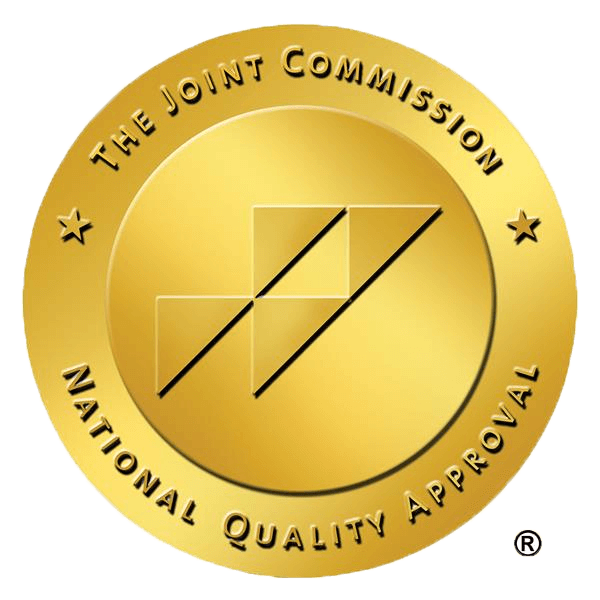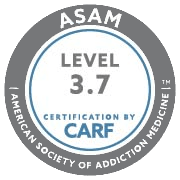The Methamphetamine Epidemic and P2P Meth
Table of Contents
Methamphetamine is a highly addictive stimulant that has been around since the 1930s. In recent years, as the country has become increasingly more aware of the opioid epidemic, studies are now shining a light on a concurrent meth epidemic. What is methamphetamine, and how bad is this epidemic?
What is Methamphetamine?
Methamphetamine (meth) is classified as a Schedule II drug by the U.S. Drug Enforcement Administration (DEA). That means it is sometimes used for medical purposes but is illegal to use outside of a prescription. It is also considered a highly addictive substance because of how it interacts with your brain. Compared to other stimulant drugs, meth’s effects can last a long time, sometimes up to 12 hours.
Some of the positive effects you may experience from meth include:
- Increased attentiveness or activity
- Euphoric feelings
- Pleasure
- Decrease in appetite
- Talkativeness
- Decreased fatigue
Using meth also comes with potential negative side effects like:
- Fast breathing
- Rapid heart rate
- Irregular heartbeats
- Paranoia
- Hallucinations
- Memory loss (with prolonged use)
- Weight loss
Meth is occasionally, but rarely, prescribed as a component of ADHD treatment or a short-term weight loss plan. The prescribed doses are significantly less than what you will find sold illegally on the street.
How Did the Meth Epidemic Begin?
One of the earliest widespread uses of methamphetamine emerged during World War II in treating fatigue and suppressing the appetite of soldiers in active combat. The first signs of an epidemic-like problem with misuse of the drug came in the late 1960s when drug experimentation among young people was ramping up. Soon, the government began limiting the medical uses of the drug. And in 2005, the Combat Methamphetamine Epidemic Act passed, which made it more difficult to obtain products containing pseudoephedrine — an ingredient needed in making meth.
What Does the Meth Epidemic Look Like Now?
Studies show that the meth epidemic had a resurgence between 2015 and 2018, with 14,686,900 meth users per year. That ranks meth as one of the most used drugs in America now. Some of the statistics associated with this epidemic are:
- More men use meth than women
- The ages of 26 to 34 years reported the highest rates of use
- Meth use was more common for those making less than $50,000 per year
- Almost half reported using meth for more than 100 days in a year
- 25% administered the drug intravenously
- More than half of the patients were diagnosed with a methamphetamine use disorder
- Only 31.5% received treatment for this substance use disorder
What is P2P Meth?
As mentioned above, the government has started to regulate the availability of pseudoephedrine, which historically has been used to make illegal meth. Given the restricted availability of pseudoephedrine, other substances are now substituted in the meth production process, creating new versions of meth referred to as P2P. P2P is an abbreviation for the chemical phenyl-2-propanone, which is also known as phenylacetone. Some of the chemicals used now instead of ephedrine are:
- Acetone
- Cyanide
- Lye
- Mercury
- Sulfuric acid
- Hydrochloric acid
- Nitrostyerence
How is P2P Meth Different?
Meth made with P2P can have different effects than meth made with ephedrine. Some people experience severe mental illness and psychosis after ingesting P2P. While regular meth can give you energy and make you feel more social and energized, P2P might do the opposite and make you want to isolate yourself due to feelings of paranoia or hallucinations.
One of the main dangers of using P2P is due to the unsafe ways it is produced. Street dealers are not chemists and may mix this drug in unhygienic settings or improperly mix the chemicals, leading to adverse effects for you. In synthetic drugs like P2P, you can never be completely sure about the drug’s chemical makeup. Street drugs are often laced with other substances, like fentanyl, which can be life-threatening in certain doses.
What Is Meth Addiction?
As mentioned before, meth is a highly addictive drug. That is, in part, because meth affects the release of “feel good” chemicals in your brain, like dopamine, serotonin, and adrenaline. When a substance makes you feel good, it is only natural to crave that feeling again. However, after continued use of meth, your body grows tolerant over time.
Tolerance is when you no longer feel the same effects with a certain amount of meth, and so you take large doses to get the desired impact. All of this is what leads to methamphetamine use disorder.
According to the Diagnostic and Statistical Manual of Mental Disorders, the following criteria are considered when diagnosing a substance use disorder:
- Taking the substance in larger amounts or for longer than you’re meant to.
- Wanting to cut down or stop using meth but not being able to.
- Spending a lot of time getting, using, or recovering from the use of meth.
- Cravings and urges to use meth.
- Experiencing negative consequences at work, school, or in relationships because of meth use.
- Continuing to use meth, even though it is causing negative consequences in your life.
- Missing out on important social, occupational, or recreational activities because of meth use.
- Using meth again and again, even when it puts you in danger.
- Needing to take more and more meth to get the effect you want
- Development of withdrawal symptoms when you stop taking meth that can be relieved by taking more
How Can You Find Treatment for Meth Addiction?
The good news about all of this is that methamphetamine use disorder is treatable. Dana Point Rehab Campus is a treatment facility that can help guide you through the recovery process.
Recovery looks different for everyone, but some of the things you can expect for yourself, a loved one, or a client when they enter rehab include:
- A detoxification process, where medical professionals assist in ridding your body of the drug and coping with any withdrawal symptoms along the way.
- Therapy, meditation, yoga, nutrition services, and artistic and creative outlets, which can help uncover thoughts and behaviors that lead to substance use.
- Ongoing care and support after you leave rehab that includes outpatient therapy, peer support groups, and family counseling.
If you or a loved one is struggling with methamphetamine use disorder, call Dana Point Rehab Campus at 949-569-7517 to learn more about your treatment options.









Leave a Reply
Want to join the discussion?Feel free to contribute!